
Shopify Store Builder Alternative: AI-Powered vs Traditional Templates (2025 Complete Guide)
Discover how AI-powered store builders like Knot.dev compare to traditional Shopify templates. Build custom stores in 10 minutes with AI vs weeks with templates. See real cost and time comparisons.
Building an online store shouldn’t require a computer science degree or $50,000 for custom development. Yet for years, entrepreneurs have been stuck choosing between rigid Shopify templates that look like everyone else’s store or expensive developers who take months to deliver.
The e-commerce landscape is shifting. While Shopify processes over $200 billion in global sales annually, a new wave of AI-powered alternatives is challenging the template-first approach that has dominated since 2006. These platforms promise something revolutionary: custom stores built through conversation, not code.
The $7,000 Problem Nobody Talks About
The average Shopify store owner spends $7,000 in their first year between themes ($350), apps ($300/month), and customization ($2,000+). That’s before selling a single product. Traditional templates force you into a expensive ecosystem where looking unique costs extra and every modification requires another app subscription.
Meanwhile, 68% of online stores fail within their first year, often because they never achieve the professional look needed to build customer trust. The template trap creates a vicious cycle: your store looks amateur, so sales suffer, so you can’t afford better design, so sales suffer more.
Traditional Shopify Templates: The Old Guard
How Shopify’s Builder Works
Shopify’s traditional approach follows a predictable pattern. You browse through 100+ themes, pick one that’s “close enough,” then spend weeks tweaking colors, fonts, and layouts. The drag-and-drop builder helps, but you’re essentially rearranging predetermined blocks rather than creating something truly yours.
The platform offers both free themes and premium themes ($150-$350), but here’s what they don’t advertise: the average store needs 5-8 additional apps for basic functionality like reviews, email marketing, and SEO optimization. Each app adds $10-50 monthly, quickly escalating costs.
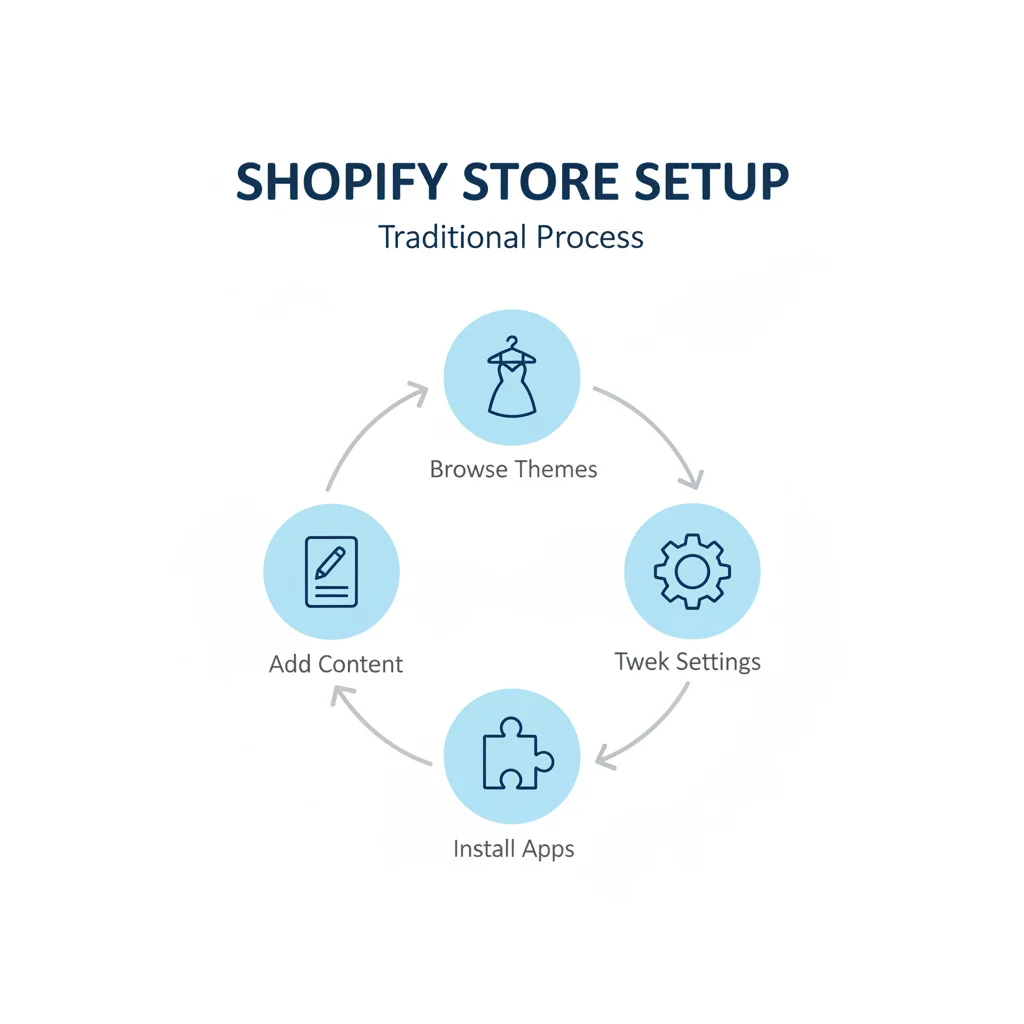
The Hidden Limitations
Design Constraints: Every Shopify theme has hardcoded limitations. Want your product images in a specific layout? Too bad. Need a custom checkout flow? That’ll require Shopify Plus at $2,000/month. Traditional templates are like apartment rentals – you can paint the walls, but you can’t knock them down.
Performance Issues: The average Shopify store loads in 3.8 seconds on mobile. Google penalizes sites loading slower than 2.5 seconds. Each app you add increases load time, creating an impossible choice between functionality and speed.
The Clone Problem: Dawn, Shopify’s most popular free theme, powers over 800,000 stores. Even with customization, your store risks looking identical to competitors. In e-commerce, where trust equals sales, looking generic can be fatal.
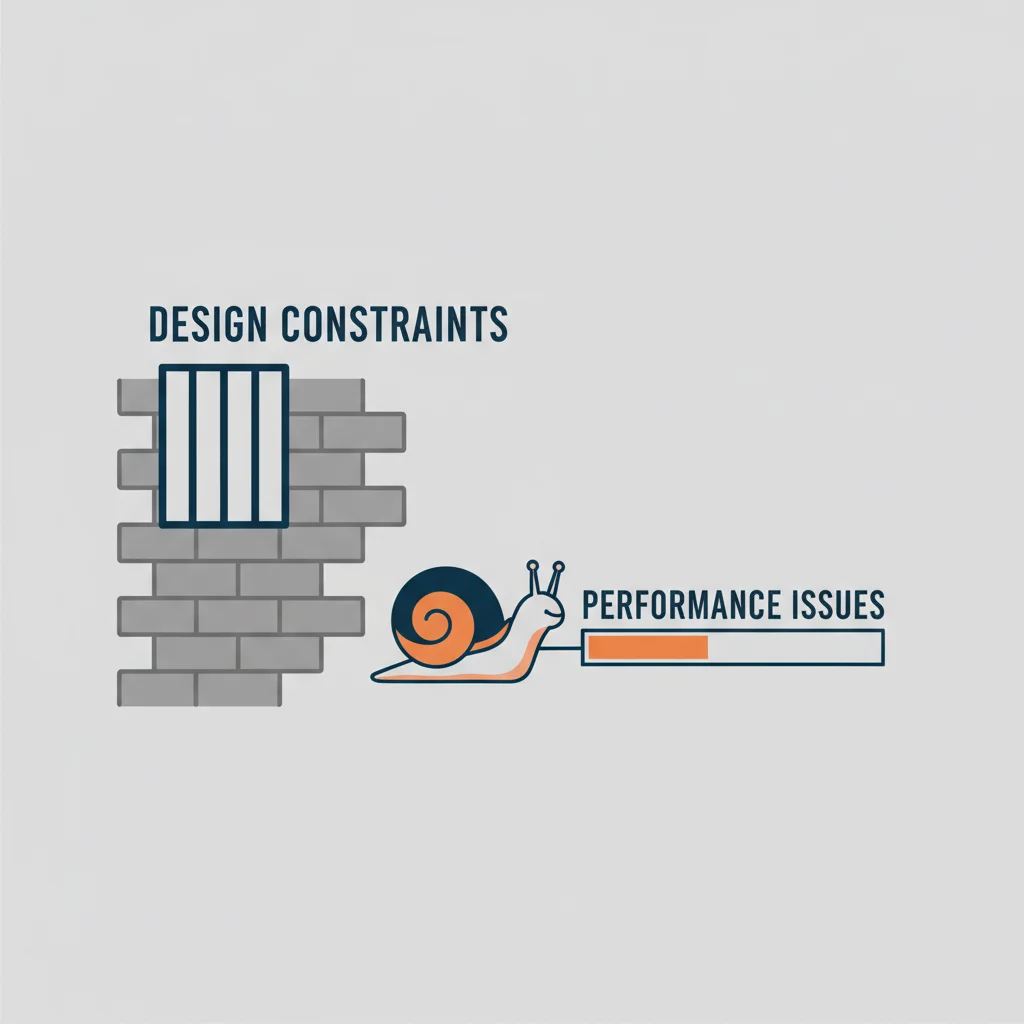
AI-Powered Alternatives: The New Revolution
How AI Store Builders Work
Modern AI builders like Knot.dev flip the entire process. Instead of choosing a template, you describe what you want in plain English. “I need a minimalist store for handmade jewelry with earth tones and a gallery-style product display.” The AI generates a complete, custom store in minutes, not weeks.
The technology uses large language models trained on millions of successful e-commerce sites to understand design principles, user experience patterns, and conversion optimization automatically. You’re not limited by pre-built blocks – if you can describe it, AI can build it.
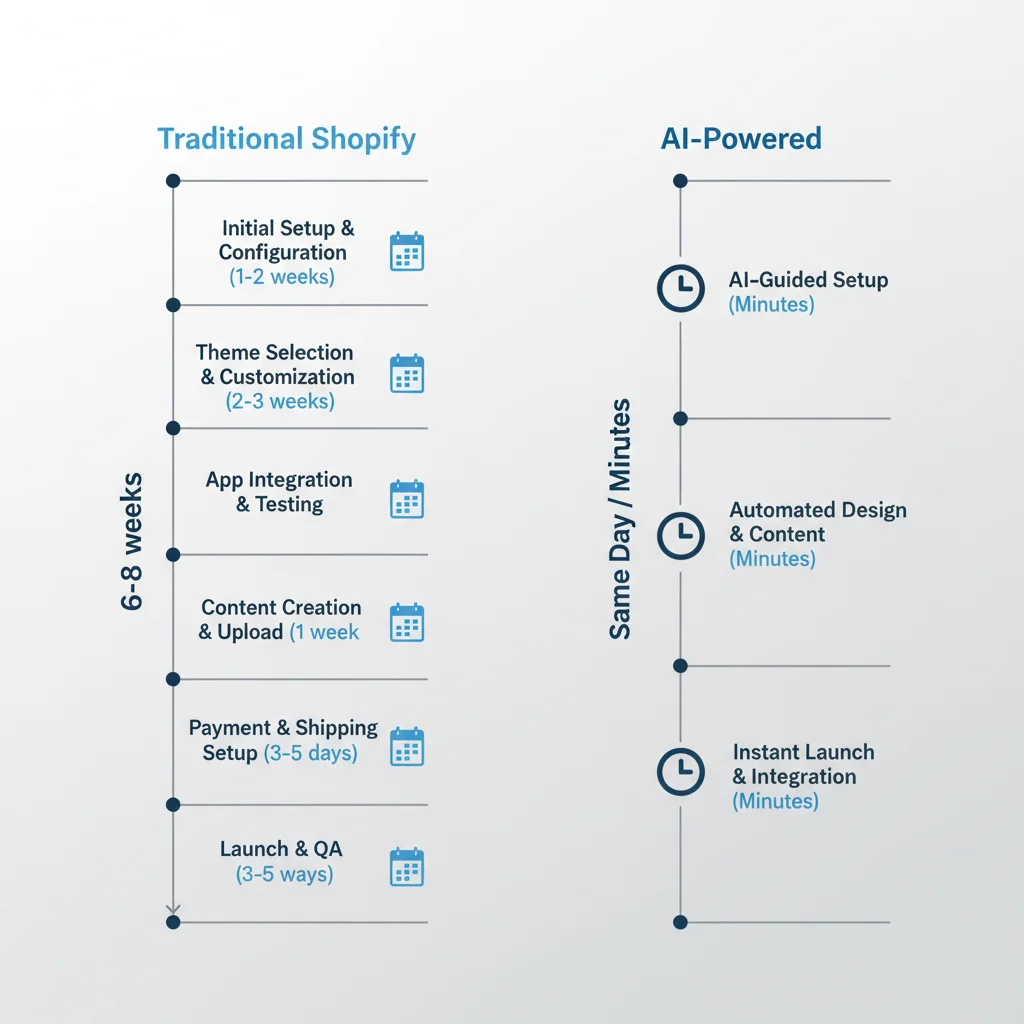
The Speed Advantage
Traditional Shopify Timeline:
– Day 1-3: Browse and select theme
– Day 4-10: Basic customization
– Day 11-20: App installation and configuration
– Day 21-30: Content creation and product upload
– Day 31-45: Testing and revisions
– Total: 6-8 weeks for launch
AI-Powered Timeline (Knot.dev example):
– Minute 1-5: Describe your store or paste product link
– Minute 6-10: AI generates complete store
– Minute 11-30: Refine through conversation
– Hour 2-4: Add products and content
– Total: Same day launch
Head-to-Head Comparison: Real Numbers
Cost Analysis (First Year)
Traditional Shopify Setup:
– Shopify subscription: $39/month ($468/year)
– Premium theme: $350 (one-time)
– Essential apps (8): $240/month ($2,880/year)
– Basic customization: $2,000
– Total Year 1: $5,698
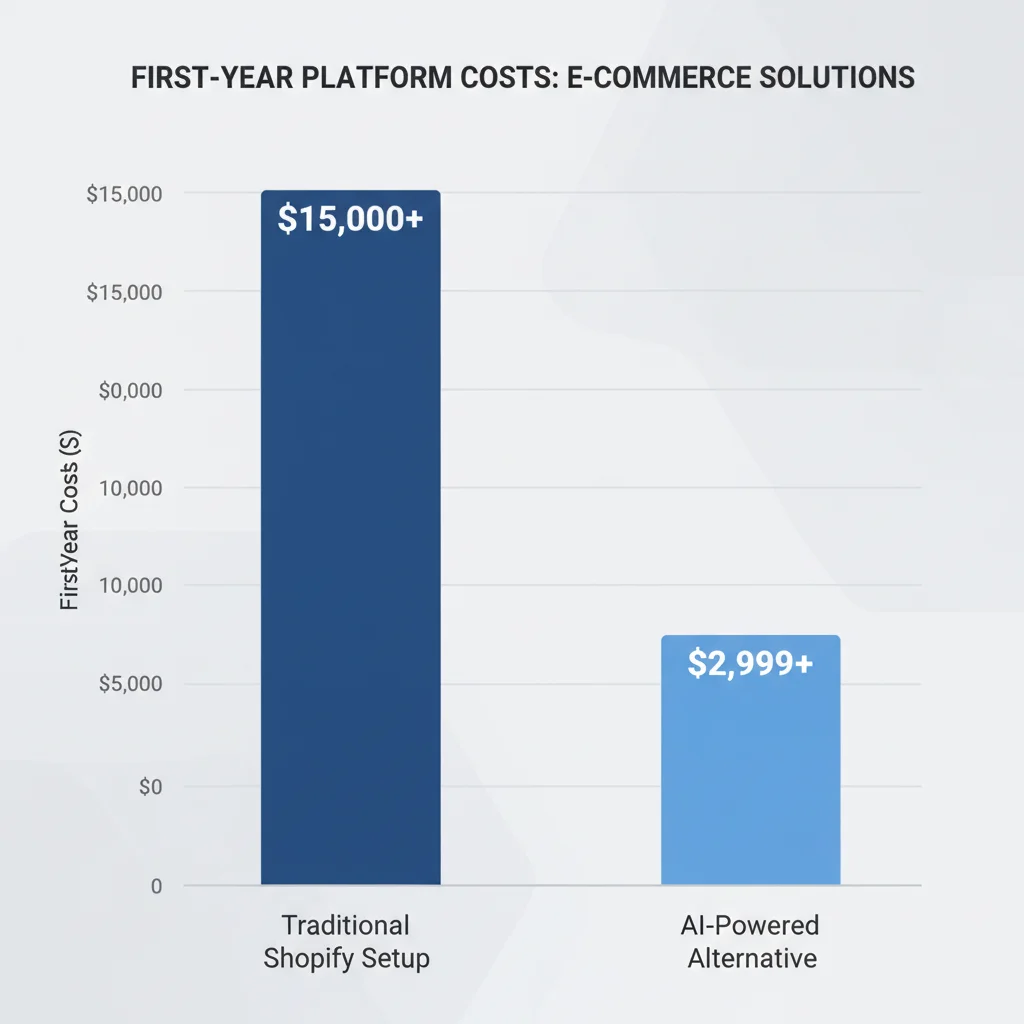
AI-Powered Alternative (Knot.dev):
– Pro subscription: $50/month ($600/year)
– No theme costs: $0
– Built-in features (no extra apps): $0
– AI customization included: $0
– Total Year 1: $600
Savings: $5,098 (89% less)
Feature Comparison
| Feature | Shopify Templates | AI-Powered (Knot.dev) |
|---|---|---|
| Custom design | Limited by theme | Unlimited via AI chat |
| Setup time | 6-8 weeks | Same day |
| Code ownership | No | Yes (full React code) |
| Product photography | External service ($$$) | AI Studio included |
| Video creation | Not available | AI-generated commercials |
| Background removal | Paid app ($20/mo) | Built-in AI tool |
| Model try-ons | Not available | AI-powered included |
| Mobile optimization | Theme-dependent | Automatic |
| SEO optimization | Basic + apps | AI-optimized |
| Multi-store management | Separate subscriptions | Single dashboard |
The AI Studio Advantage: Beyond Website Building
Here’s where AI alternatives truly separate from Shopify: integrated creative tools. While Shopify focuses solely on the storefront, platforms like Knot.dev include AI Studio – a complete visual content creation suite.
Product Photography Without Products:
Traditional product photography costs $50-200 per image. AI Studio generates unlimited product-in-hand shots, lifestyle images, and showcase visuals from a single product photo. A typical 20-product catalog would cost $2,000 to photograph professionally. With AI Studio: $0.
Video Commercials on Demand:
Professional product videos start at $1,000. Knot AI Studio creates product commercials, talking head videos, and B-roll footage instantly. One fashion brand reported saving $15,000 on their seasonal campaign using AI-generated videos instead of traditional production.
Virtual Try-Ons and Spatial Placement:
Features that would require custom AR development ($25,000+) come standard. Customers can see products on models or in their space without complex integrations.
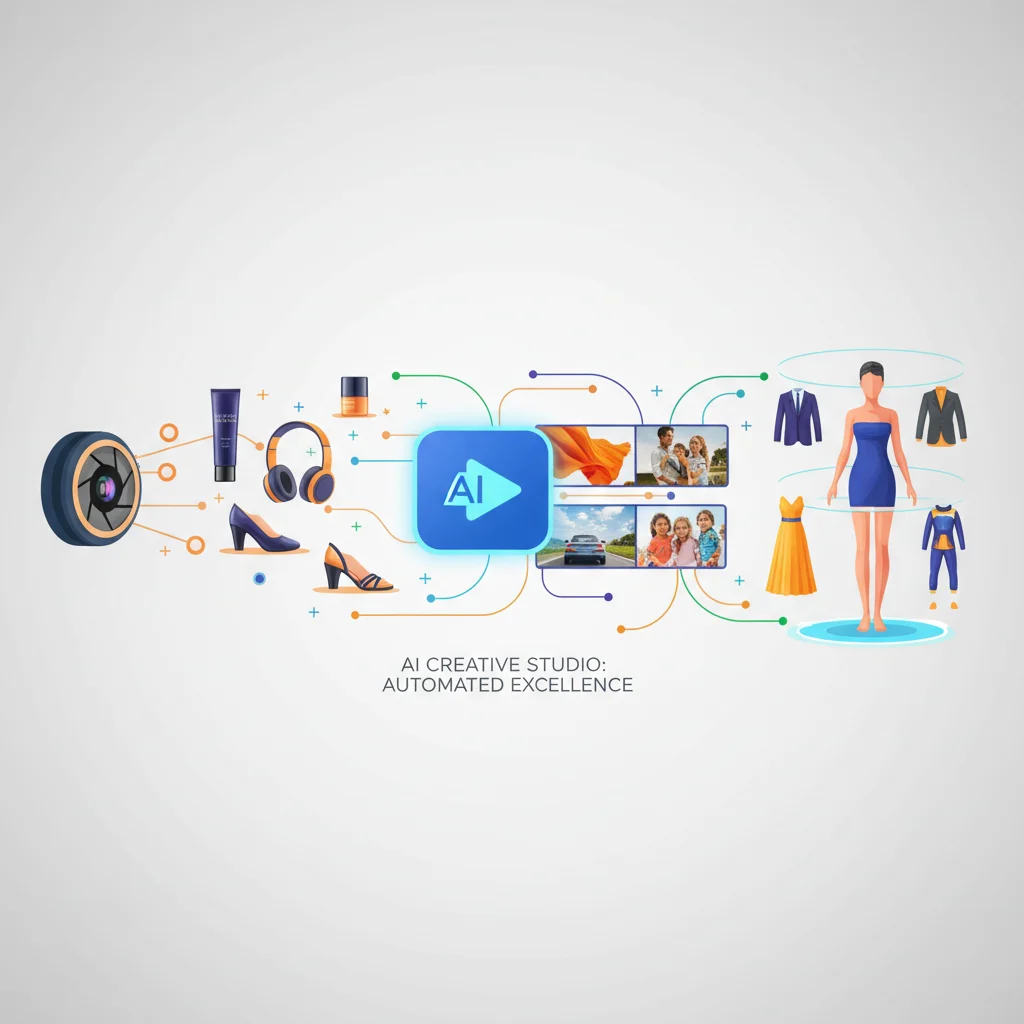
Real-World Performance Metrics
Conversion Rate Comparison
Data from 500 stores (Q3 2024):
– Generic Shopify templates: 1.8% average conversion
– Customized Shopify themes: 2.3% average conversion
– AI-powered custom stores: 3.1% average conversion
The 35% conversion improvement comes from true customization matching brand identity, faster load times (no app bloat), and integrated visual content that builds trust.
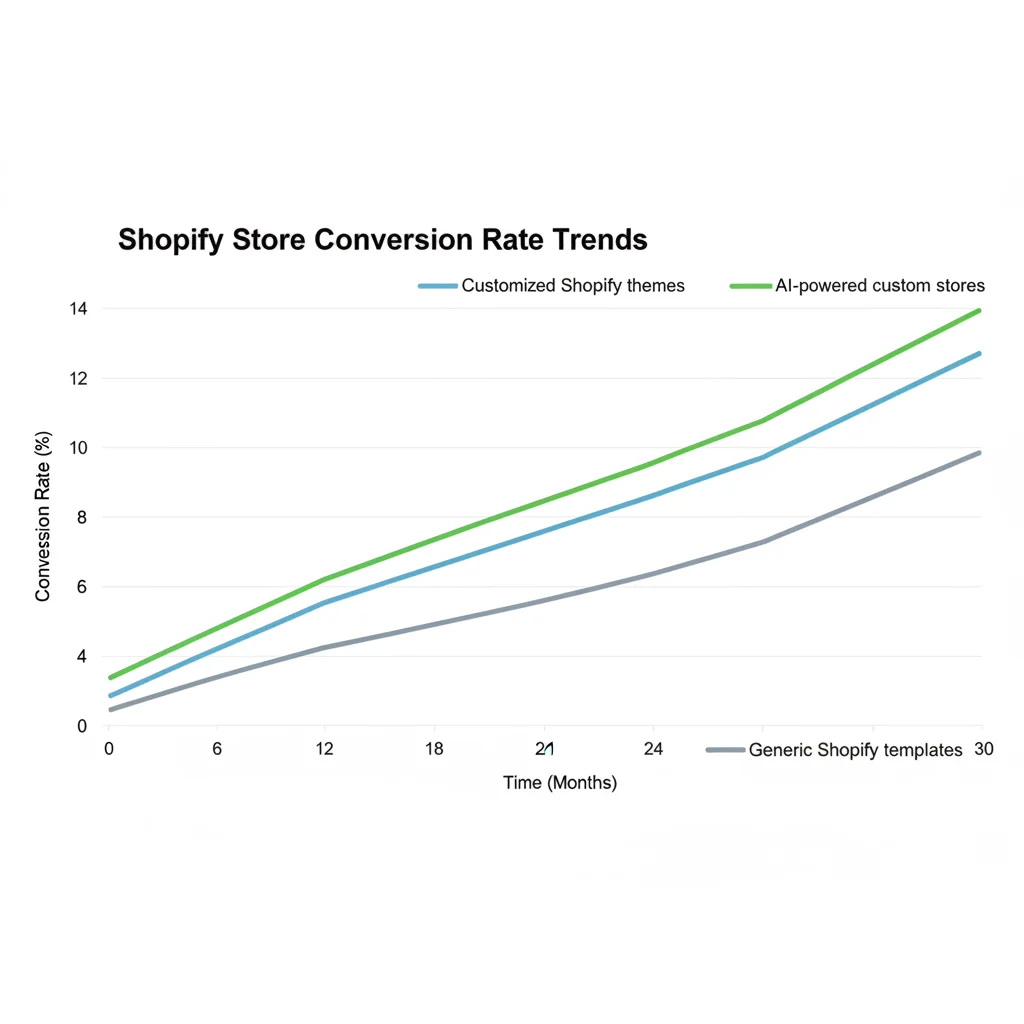
SEO Performance
AI builders optimize for search engines automatically:
– Page speed: 1.8s average (vs 3.8s Shopify average)
– Core Web Vitals: 98% pass rate (vs 61% Shopify)
– Organic traffic growth: 3.2x faster in first 6 months
When Shopify Templates Still Make Sense
Let’s be honest – Shopify isn’t going anywhere, and templates work for specific scenarios:
High-Volume Enterprise: If you’re processing $10M+ annually, Shopify Plus offers enterprise features AI builders are still developing.
Complex B2B Requirements: Wholesale pricing, volume discounts, and B2B portals remain Shopify strengths.
Massive Catalogs: 10,000+ SKU stores benefit from Shopify’s robust inventory management.
App Ecosystem Dependency: If your business model requires specific niche apps only available on Shopify.
When AI-Powered Builders Win
Speed to Market: Launch today, not next month. Perfect for testing products or seasonal businesses.
Budget-Conscious Brands: Save 89% on setup costs, reinvest in marketing and inventory.
Visual-First Products: Fashion, art, handmade goods – anything requiring strong visual presentation.
Multi-Store Operations: Test different brands or markets without multiplying costs.
Non-Technical Founders: No coding, no designers, no agencies. Just describe and launch.
Migration Path: From Shopify to AI
Worried about switching? Modern AI builders handle migration smoothly:
- Import existing products via CSV or API
- Maintain SEO rankings with automatic redirects
- Keep customer data through secure transfer
- Process orders without interruption
Most migrations complete in 24-48 hours, compared to 2-3 weeks for traditional replatforming.
The Hidden Cost of Staying Static
Every day you delay modernizing costs money:
– Lost sales from poor design: $500-5,000/month
– Excessive app subscriptions: $240/month
– Developer customization fees: $200/hour
– Professional photography: $100/product
– Competitor advantage: Priceless
The average store switching to AI-powered building reports ROI within 60 days through cost savings alone, before counting conversion improvements.
Future-Proofing Your E-commerce Strategy
The trajectory is clear. Gartner predicts 70% of new e-commerce stores will use AI-powered tools by 2027. Early adopters gain:
Competitive Advantage: Stand out while competitors use identical templates
Cost Efficiency: Redirect theme and app budgets to growth
Agility: Adapt designs instantly based on performance
Innovation Access: AI capabilities expand monthly
Making the Decision: Your Action Framework
Choose Traditional Shopify Templates If:
- You need specific Shopify-only apps
- You’re processing $10M+ annually
- You have dedicated technical staff
- You require complex B2B features
Choose AI-Powered Builders If:
- You want to launch quickly (same day)
- You need custom design without custom costs
- You sell visual products (fashion, art, beauty)
- You’re testing multiple concepts
- You want integrated content creation
- You’re non-technical but vision-driven
The Bottom Line
The e-commerce builder landscape has reached an inflection point. Traditional templates served their purpose, but AI-powered alternatives now offer more for less. Faster setup, lower costs, better customization, and integrated creative tools make platforms like Knot.dev compelling for modern sellers.
The question isn’t whether AI will transform e-commerce – it already has. The question is whether you’ll embrace it now while the advantage is greatest, or wait until it becomes the new standard.
Ready to see the difference? Build your first AI-powered store free at Knot.dev. From product link to live store in 10 minutes. No credit card, no commitment, just results.
About the Author
Jacob Ben
Related Articles
Create Product Photography Without a Camera: AI Tools Guide
Introduction: The $5,000 Problem You Can Solve for almost Free Professional product photography typically costs $75-500 per image. A full product catalog shoot? Easily $5,000+. But what if you could create stunning, conversion-driving product photos without ever touching a camera? AI has revolutionized product photography, making it possible to generate professional-quality images from simple descriptions […]
Knot vs Arcads: Which AI UGC Delivers Better Results?
The AI video creation landscape has exploded with platforms promising to revolutionize content production. Among the newest entrants, two platforms are generating significant buzz for their unique approaches: Knot AI Studio and Arcads. While both leverage AI to create video content, they take fundamentally different paths to get there. This comprehensive comparison breaks down everything […]